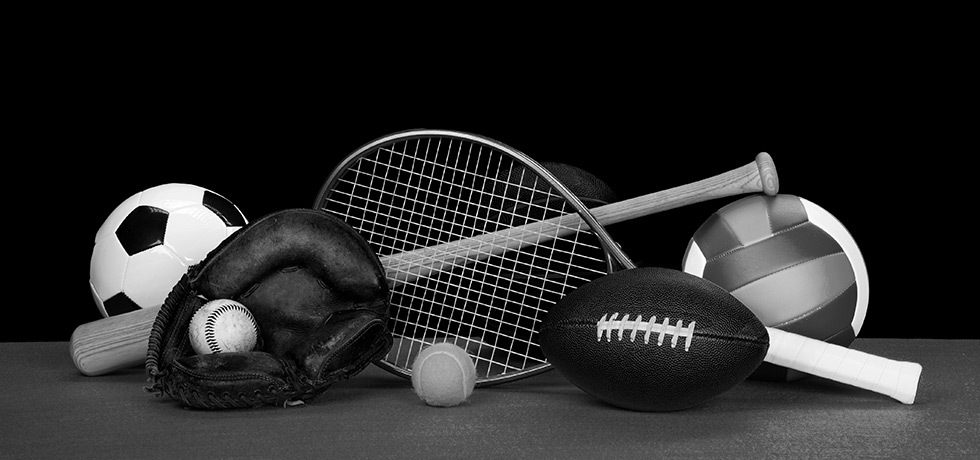BY BOB DUFF
In Riley Sheahan’s household, for most of the family, hand checking took prevalence over bodychecking.
His dad Mike and mom Peggy were both much more into hoops than pucks.
“They had no hockey background at all,” Sheahan said of his parents.
Peggy (1979-80) and her twin sister Patti (1983-84), playing under their maiden name of Stamps, were both OUA all-stars at Brock.
“In their day they were pretty popular and they were pretty good players,” Sheahan said.
Mike Sheahan was a long-time high school basketball coach in the family home of St. Catharines.
“My dad was a pretty good high school coach in the area,” Sheahan said. “Basketball kind of is his sport.”
For most of his developing years, Buffalo Sabres center Sheahan was a two-sport athlete. Basketball held just as prominent a place in his life as hockey did.
“I grew up always in the gym and I started playing basketball pretty seriously,” Sheahan remembered.
A shooting guard at St. Francis High School in St. Catharines, Ont., Sheahan was playing starring roles on the court and at the rink as he entered his teens and drove toward decision time.
“Ninth grade was my final year playing basketball,” Sheahan said. “At that time, I started to realize that being a Canadian, hockey is the better road to take. I switched schools so I could play high school hockey as well as minor hockey and went with it from there. It was kind of sad to part ways with it. Both of my parents were big influences on me playing basketball because they grew up playing basketball, so it was a tough sport to let go.”
An NHL first-round draft pick with over 500 games on his resume, Sheahan is living proof that sport specialization at a young age wasn’t necessary in order for him to become a special hockey player.
He’s not alone among today’s players in providing this sort of evidence.
Like Sheahan, John Tavares of the Toronto Maple Leafs was pulled in the direction of two different sports as a youngster, and he thrived at both of them. His uncle, also named John Tavares, was a legendary pro lacrosse player.
Each hockey offseason while growing up, Tavares doffed his skates and picked up a lacrosse stick. A six-time NHL All-Star, he didn’t make the choice to pursue hockey full-time until the age of 16.
“My mom never really believed in summer hockey, all year round,” Tavares told NHL.com. “I needed a break and I always looked forward to the lacrosse season. And when hockey season came around, I was really looking forward to that.”
Raised in Winnipeg, it was only natural that Vegas Golden Knights forward Ryan Reaves would gravitate toward the gridiron. After all, his father Willard Reaves was named the CFL’s Most Outstanding Player in 1984 while a star running back for the Grey Cup champion Winnipeg Blue Bombers.
Reaves played football and hockey until the age of 15 before deciding to stay on the ice. He’s certain that the football experience made him a bigger success story in hockey.
“Football is a lot of leg work and physical play, and I think I bring that to hockey,” Reaves said. “I play hockey like a football player.”
Tavares also saw traits he developed while playing lacrosse surface when he moved back to the rink.
“The biggest is moving in traffic, shooting in traffic, making plays while guys are on you,” Tavares said. “When you’re able to do that, you’re able to draw guys toward you, make those plays in traffic, I think it creates a lot of chances offensively. Also rolling off checks — when you roll off checks or lean into guys, use your body to create room, you do a lot more of that in lacrosse because it’s such a possession game. You learn to make room for yourself, like in hockey.
“It definitely translates a lot.”A recent study conducted by Penn State College of Medicine showed that just 12 percent of NHL and NCAA hockey players specialized in their sport prior to the age of 12. The vast majority of them played between 2-4 sports while growing up. The mean average age at which they opted to specialize in hockey was 14.3 years.
To make the grade as a professional, for the vast majority of players, there absolutely comes a time when a choice must be made. But it certainly isn’t a decision that needs to be made before a child gets into their high school years.
Some of the best hockey players in the world are evidence of this reality.

